The Apple iPad Pro Review
by Ryan Smith, Joshua Ho & Brandon Chester on January 22, 2016 8:10 AM ESTApple Pencil
At this point it probably goes without saying that Apple Pencil has been one of the major points of focus for this tablet. With the iPad Air 2, I noted that a proper stylus and keyboard would go a long way towards making the iPad more productivity focused. It turns out that Apple’s solution to the stylus part of the equation is a custom design that they call the Apple Pencil.
As best as I can tell, this stylus is at least somewhat capacitive-based. If Apple’s marketing material is accurate, it mentions a change from the 120 Hz sampling rate of the capacitive touch screen in normal use to 240 Hz when the stylus is detected. In addition to simple touch, the stylus measures pressure, azimuth, and altitude. When discussing azimuth, we’re basically looking at the angle that the stylus makes with the plane of the display, while altitude is the angle that the stylus makes relative to the normal of the display.
Charging the stylus is pretty simple. Included in the box is a female to female Lightning connector, so you can use a Lightning to USB cable to charge the stylus with either an AC adapter or a powered USB port. Of course, there’s also the case where you’re trying to charge the device on the go, in which case the stylus can be charged directly from either the iPad Pro or an iPhone. A lot of people have pointed out that this is a rather inelegant method of dealing with charging on the go, but given that the primary method of charging is through a Lightning connector I don’t really see any other solution to this problem, especially without compromising the ergonomics that come with the current design. Charging the stylus happens quickly enough that I never felt that it was a limiting factor in usage.
Apple Pencil itself is a comfortable instrument to write with. Unlike most styluses on the market designed to fit in a tablet or smartphone the body has a sufficiently large diameter that gripping it isn’t difficult for extended periods of time. The pencil also has an uneven weight distribution, which means that it won’t roll off of tables, though not so uneven that it's noticeable in the hand. The one problem worth noting here is that Apple Pencil is glossy plastic. After extended use I noticed that finger oil and lint had a tendency to produce an uncomfortable sensation. A matte soft touch texture may make more sense here, but that would introduce additional issues with the finish wearing off with extended use.
Credits to Nina Ling and Cory Ye respectively
Of course, the important part here is writing with the stylus. Although I’ve already discussed the application of note taking in class before, in the time since my initial remarks on the iPad Pro I decided to do an entire project report on Apple Pencil in order to get a better feel for the stylus and its usability. This was done for a digital logic project in which we were required to draw out finite state machine diagrams, truth tables, block diagrams, and other portions of the design. I would estimate that over the course of this project, I spent at least 4 hours a day using the iPad Pro for 2-3 days.
One of the most immediate observations I had was that in some ways, the iPad Pro with Apple Pencil is far and away superior to pencil and paper. Even using the rather spartan Notes app this became clear. There were multiple cases throughout this project where a change that would have been difficult to make with pencil and paper was relatively simple to do so with Apple Pencil and the iPad Pro. For example, in cases where extra precision was needed it was possible to zoom in to erase a portion of text precisely. When an erasure was done poorly or on accident, reverting it was trivial as well. The project report, which eventually spanned 16 pages in length was synced to iCloud and was accessible from laptops and smartphones, which meant that it would be difficult, if not impossible to lose accidentally. It’s also noticeably more convenient to carry around an iPad Pro rather than a folder filled with paper. Along the same train of thought, drawing long truth tables with the straightedge function of the Notes app is much easier than carrying around a ruler everywhere. It was also great to have the project requirements and the notes application open side by side, which meant that there wasn’t a need to print out the project spec.
One notable problem that I did encounter with the Notes app is when the work I was doing spanned more than one page/sketch. An example of this would be cases where I would have to construct a state table based upon a state diagram that was sketched based upon the project requirements. If the state diagram was on a separate page, then I would simply have to switch back and forth between the two sketches or save the relevant sketch as an image to view in the gallery application, which felt a bit clunky.
The other issue, as it turns out, was getting the sketches off of the iPad Pro onto my laptop once I was ready to turn my work in. On the plus side, because all of my sketches were already digitized there was no need to locate a scanner and generate images or PDFs. However, the Notes app felt noticeably constrained in terms of export options. For example, there was no way of turning the 16 sketches I had drawn into a PDF on the device. I also discovered that as of iOS 9.2 attempting to save all sketches as images was broken as only 5 of the 16 sketches were saved to the gallery. Exporting the sketches by attaching them to an email was also unacceptable as the email export resolution was nowhere near native resolution. In the end, in order to get all of the sketches I had made off of the iPad in full resolution I had to manually select each sketch and save it to the gallery, before uploading all of the images to Dropbox. From my laptop, I could then put all of the images together into a PDF or some other acceptable format for submission.
However, despite these issues I found that the iPad Pro was remarkable for doing what very few tablets have really succeeded at. The iPad Pro actually feels comparable to pencil and paper to the extent that I never once felt like I wanted to go back to pencil and paper while doing the final project. Both the display and the stylus have sufficient resolution to the extent that precise work is easily achieved. The feel of the stylus feels like a good pen or pencil, without odd weight distribution problems.
Latency is also exceptionally low compared to most consumer solutions. Out of curiosity, I borrowed a Wacom Cintiq connected to a Macbook Air with an Intel i5 4250U CPU (Haswell 1.3/2.6 GHz) to do a basic latency comparison. Using Adobe Photoshop on the Wacom Cintiq and Adobe Photoshop Sketch on the iPad Pro and a high speed camera, I attempted to characterize latency by using a simple pen tool (3 px, full flow) by measuring the delta in time from when the pen was at a specific point and when inking reached the same point.
| Stylus Latency - iPad Pro vs. Wacom Cintiq | ||||
| iPad Pro (Photoshop Sketch) |
Wacom Cintiq (Photoshop) |
|||
| Latency | 49ms +/- 4ms (3 frames) |
116ms +/- 4ms (7 frames) |
||
After a few trials I measured an approximate latency for the iPad Pro of roughly 49ms or 3 frames of delay, while the Wacom Cintiq in this configuration had roughly 116ms or ~7 frames of delay. It’s worth mentioning here that the camera I used was recording at 240 FPS, so these figures could be off by around 4ms even before accounting for human error. Although the Cintiq 22 HD does have higher latency, I wouldn’t put too much into this as it’s likely that a more powerful computer driving the display would narrow, if not eliminate the gap entirely.
For reference, I estimated the Surface Pro 3 to have about 87 ms or 5-6 frames of delay, and the Surface Book to have about 69 ms or around 4 frames of delay. However, in the case of the Surface devices I was using Fresh Paint, which is a drawing application that isn't exactly comparable to Photoshop but is sufficient for comparison purposes. To give an idea for how much the application has an effect on latency, the Apple Notes app has roughly 38 ms or around 2 frames of latency from when the stylus tip passes over one point to when the inking reaches the same point.
While not strictly hardware, the software equation is really a critical part here as there are actual applications for the Apple Pencil which make it possible to use right now. An example of this would be OneNote, uMake, and Adobe Comp CC/Photoshop Sketch. Some of these applications work shockingly well like Photoshop Sketch, while something like OneNote feels relatively sparse by comparison as pretty much the only thing you can do with the stylus is draw simple lines with pressure sensitive thickness, with some automatic conversion of drawings to basic geometric shapes. With the right software, I can easily see the iPad Pro completely displacing traditional note-taking in light of obvious advantages that would come with OCR and digitizing notes for easy search.


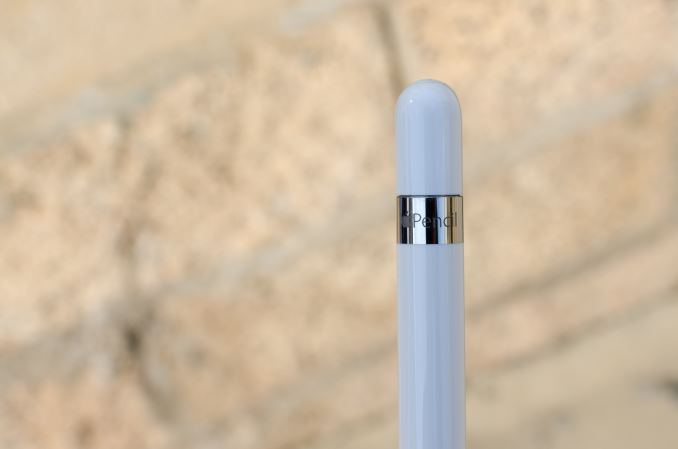
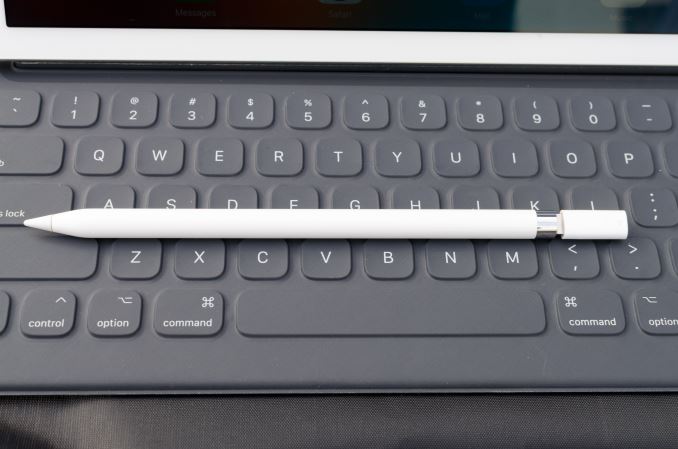
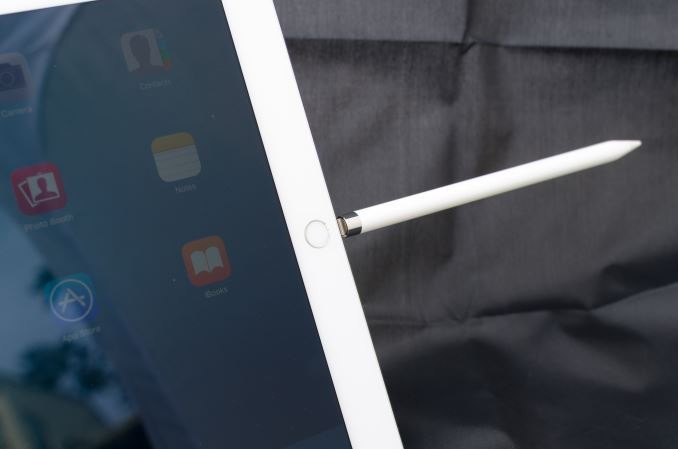

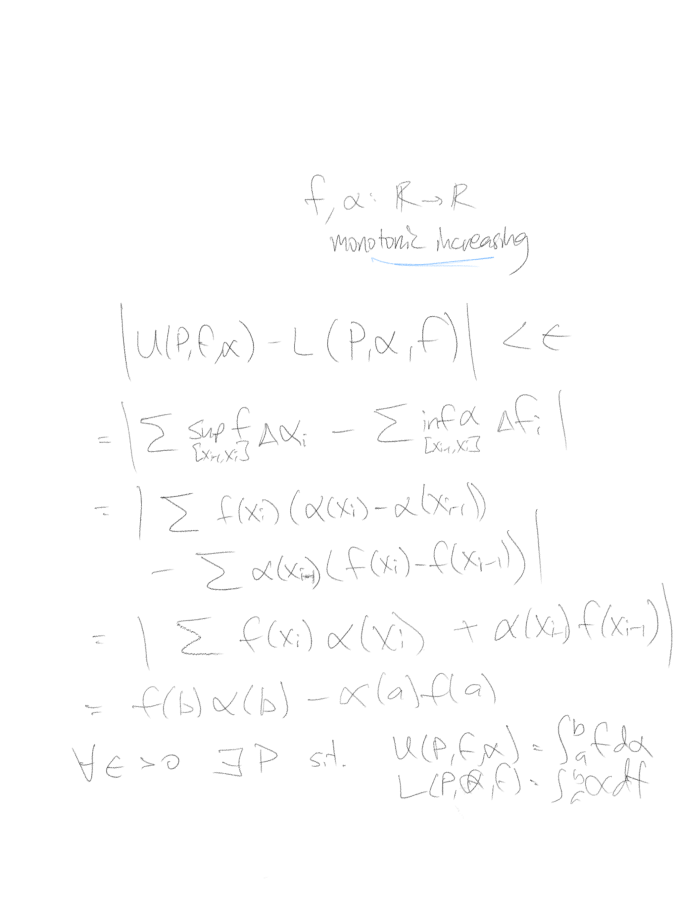
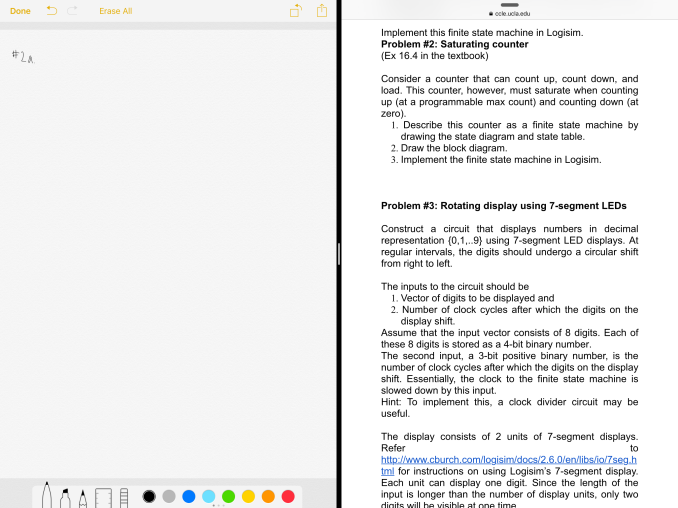
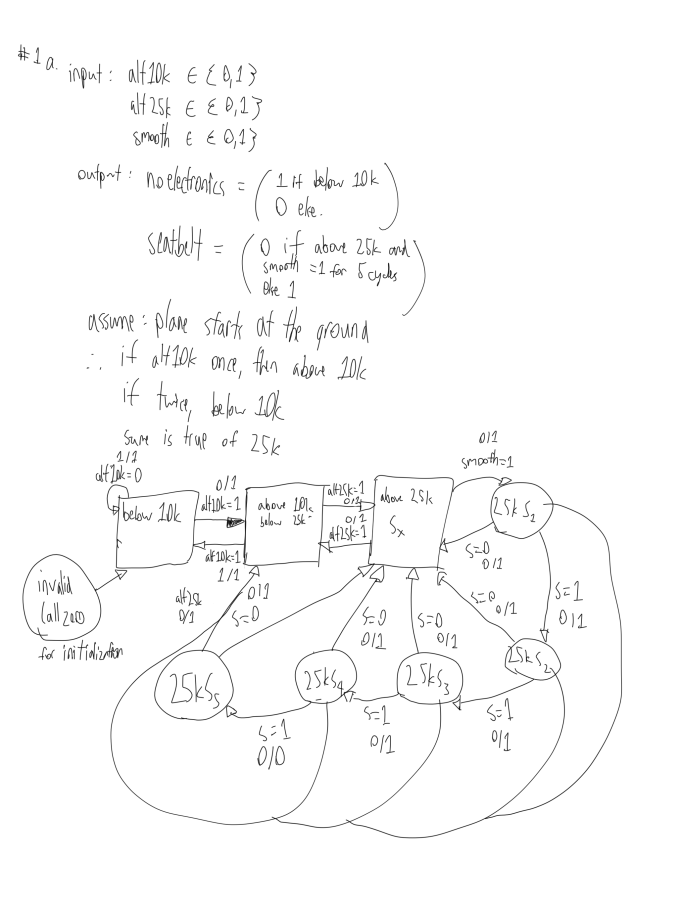
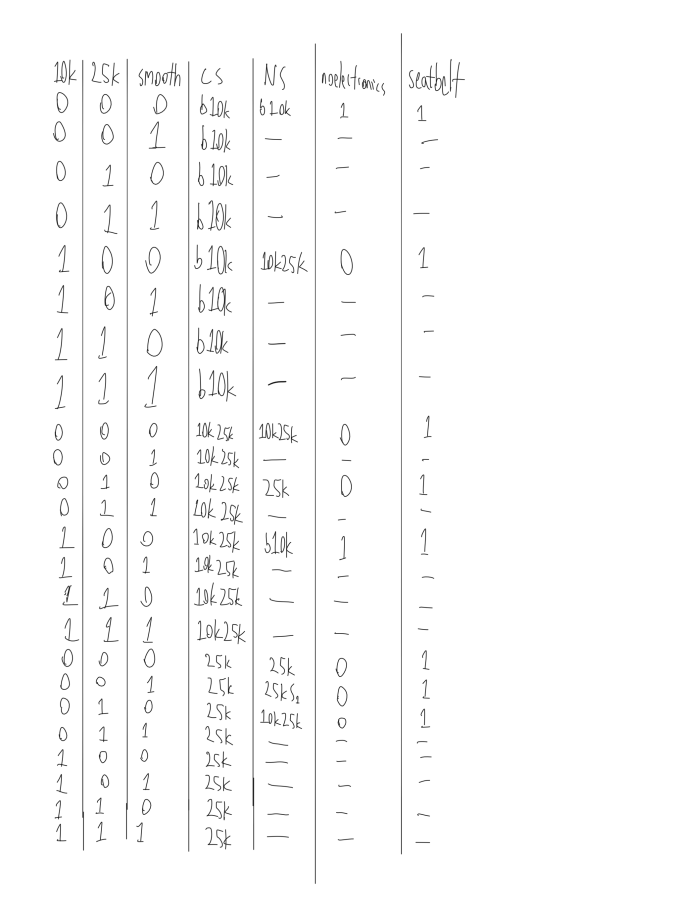

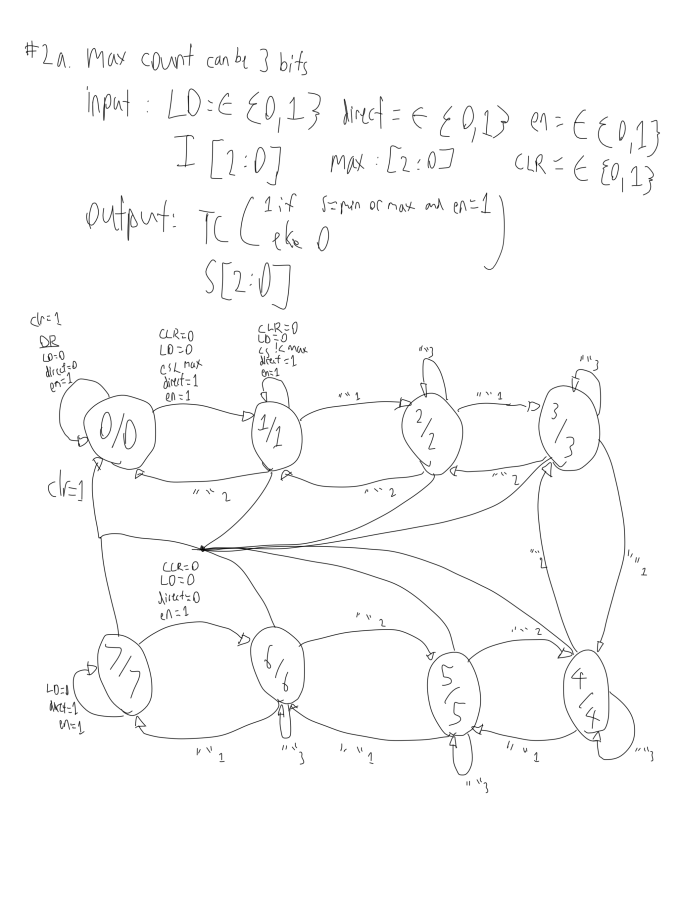
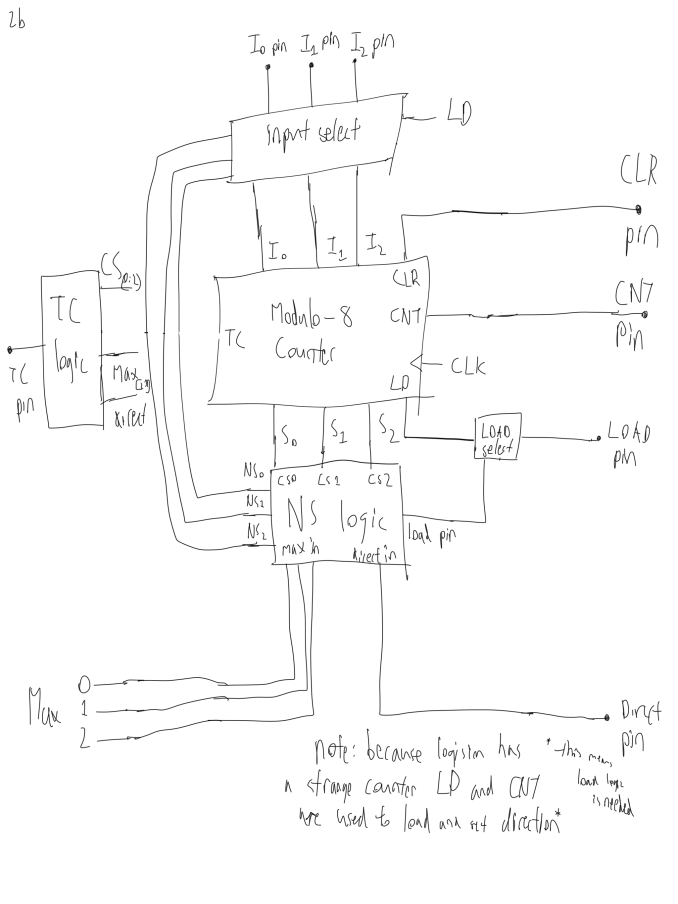
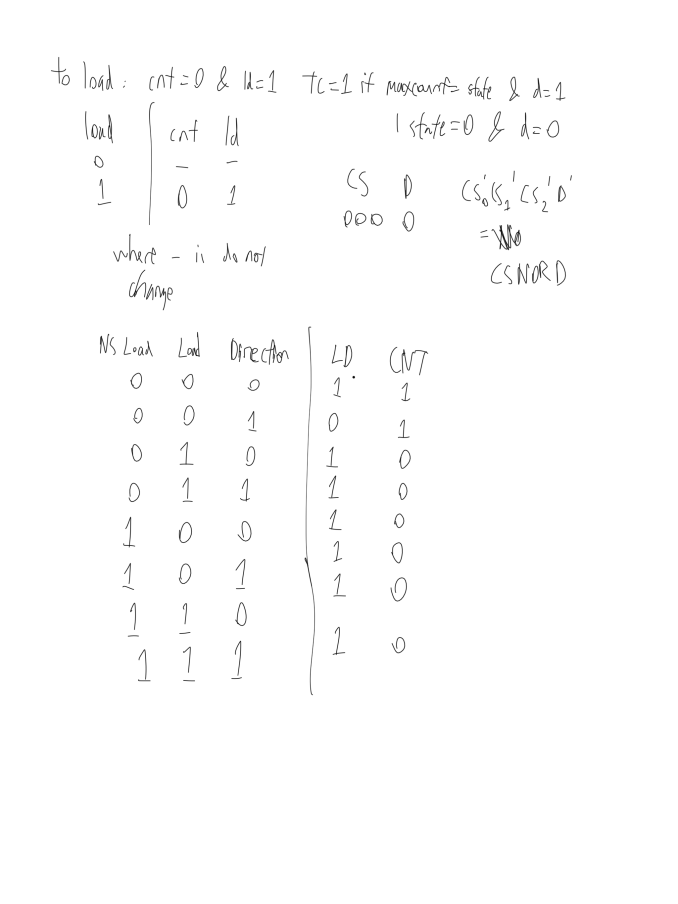
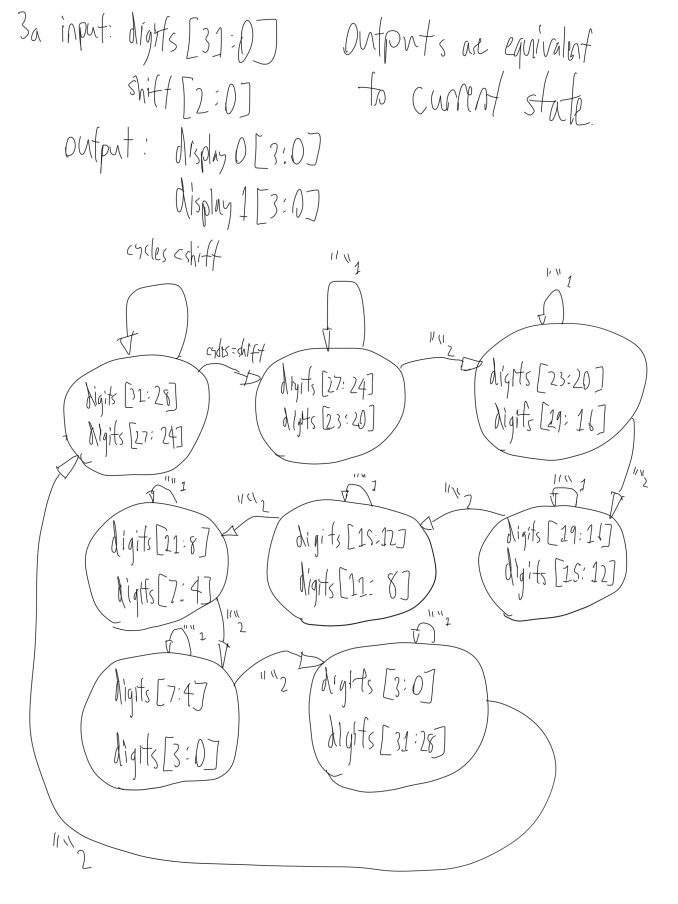

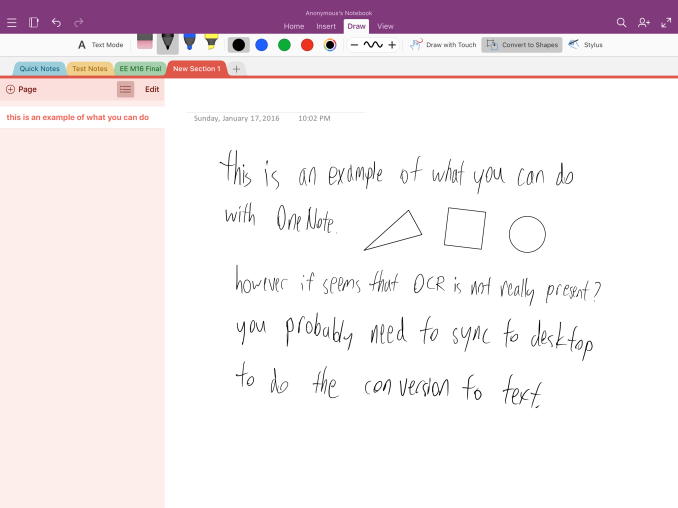








408 Comments
View All Comments
MaxIT - Saturday, February 13, 2016 - link
Reality check: the "nonplussed" product sold more than the well established surface pro in the last quarter.... So maybe you are just expressing YOUR opinion, and not "everyone's "....lilmoe - Friday, January 22, 2016 - link
The performance is "great" for iOS, FTFY. It would suffer on anything "Pro"....ddriver - Friday, January 22, 2016 - link
Performance is better than a high end workstation from 10 years ago, a system which was capable of running professional tasks which are still nowhere to be found on mobile platforms. And it has nothing to do with performance. It has to do with forcing a shift in the market, from devices used by their owners to devices, being used by their makers to exploit their owners commercially. And professional productivity just ain't it. Not content creation but content consumption. People flew in space using kilohertz computers with kilobytes of memory, today we have gigahertz and gigabytes in our pockets, and the best we can do with it is duck face photos. That's what apple did to computing, and other companies are getting on that train as well, seeing how profitable it is to exploit society, it is in nobody's interest to empower it.Phantom_Absolute - Friday, January 22, 2016 - link
I just created an account here to say...well said my friendlilmoe - Friday, January 22, 2016 - link
I was trying really hard to understand what you were trying to say.Computers didn't get us to the moon. They sure helped, a LOT, but it was good ole rockets that did.
Anyway, point is (and I exaggerate), even if you shrink the latest 8 core Xeon E3 coupled with the fastest Nvidia Quattro into a 3-5W envelope and stick in an iPad, it won't make it anything close to a "Pro" product. It's about overall FUNCTION.
An iPad "Pro" with a revamped version of iOS, more standard ports, and a SLOWER SoC would be a much better "Pro" product than what we have here.
Even Android sucks for Pro tablets. Only Microsoft has a thing here.
ddriver - Friday, January 22, 2016 - link
What I am trying to say is mobile hardware IS INDEED capable of running professional workloads. Of course it won't be the bloated contemporary workstation software, but people have ran workstation software on slower machines than that, and it was useful. So yes, this device has enough performance for professional tasks. There is no hardware lacking, only the software is.I can assure you, no matter how many rockets you have, you will never reach the moon absent computer guidance. The rocket is merely power, but without control, power never constructive and always destructive.
lilmoe - Friday, January 22, 2016 - link
"There is no hardware lacking""The rocket is merely power, but without control, power never constructive and always destructive"
You seem convinced that you can be productive on a screen with only a fast SoC attached. I don't know where to start.
With all due respect, your analogies are ridiculously irrelevant (hence why I was having trouble understanding them). Workstations in the past had much more FUNCTION that any iPad today. IT'S NOT ONLY ABOUT THE COMPUTING POWER. These workstations, despite lacking power by today's standards, were built with certain function in mind, and were used for their intended tasks.
iPads are consumption devices, first and foremost. Apple did nothing for "computing", but they did a lot for consumerism. iDevices got popular because they addressed consumption needs by lots of consumers that they didn't even know they needed/wanted, I'll give them that. But Apple's *speed* of forcing "new technology" on people's throats, and turning perfectly functional products unusable is unprecedented, and bad. Your "Pro" device is NO exception, and isn't going to last, nor function, as long as the _workstations from 10 years ago_...
The Pro moniker is being abused. What does it even mean now? Relative speed? Function? Value? Multiple products in one? I don't know anymore. But I'd like to believe that Microsoft's definition of a Pro products sounds easier on my ears.
You seem to be extremely sold on marketed idea that disposable technology with a timed bomb to obsolescence is a good thing. Technology that does nothing but harm the industry and its consumers. To each their own I guess.
ddriver - Friday, January 22, 2016 - link
You are ridiculously ignorant. Both a workstation from 10 years ago and this product are in terms of hardware general purpose computers. What specifies one as a workstation and another as a content consumption device is the software that runs on that general purpose computer. A 10000$ contemporary workstation would only be good for content consumption without the workstation grade software. Much the same way that this device can be good enough for workstation use with the proper software. Once again, clean up your ears - there is no limitation on a hardware level. It is all about the software.Your problem with understanding my analogies stems from the fact you are a narrow minded person, and this is not an insult but a sad fact, most propel are, it is not your fault, it is something done to you, something you are yet to overcome. You are not capable of outside the box thinking, you are conceptually limited to only what is in the box. Why is why you perceive outside the box opinions as alien and hard to understand.
lilmoe - Friday, January 22, 2016 - link
lol, I should really convert to the Apple religion just to stop being ignorant. Take care man.ddriver - Friday, January 22, 2016 - link
You should just sit down and carefully reevaluate your whole life, I mean if "apple religion" is what you were able to take out of all the apple bashing I went through :D Since you obviously missed that obvious thing, let me put it out directly - I am criticizing apple for crippling good hardware to useless toys.